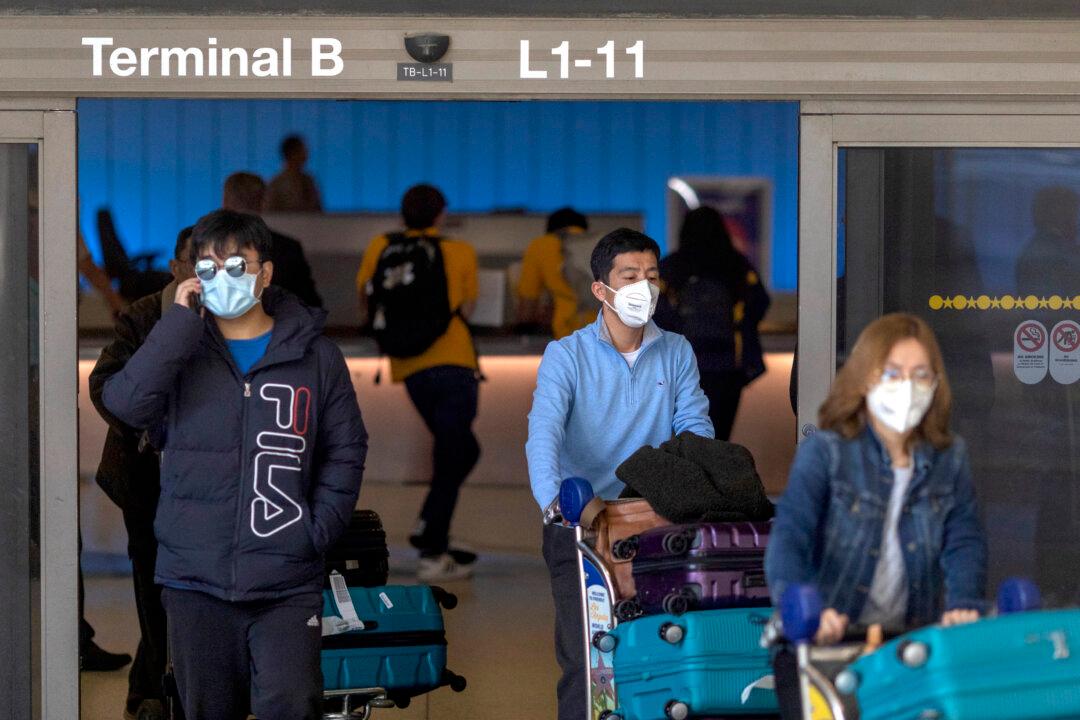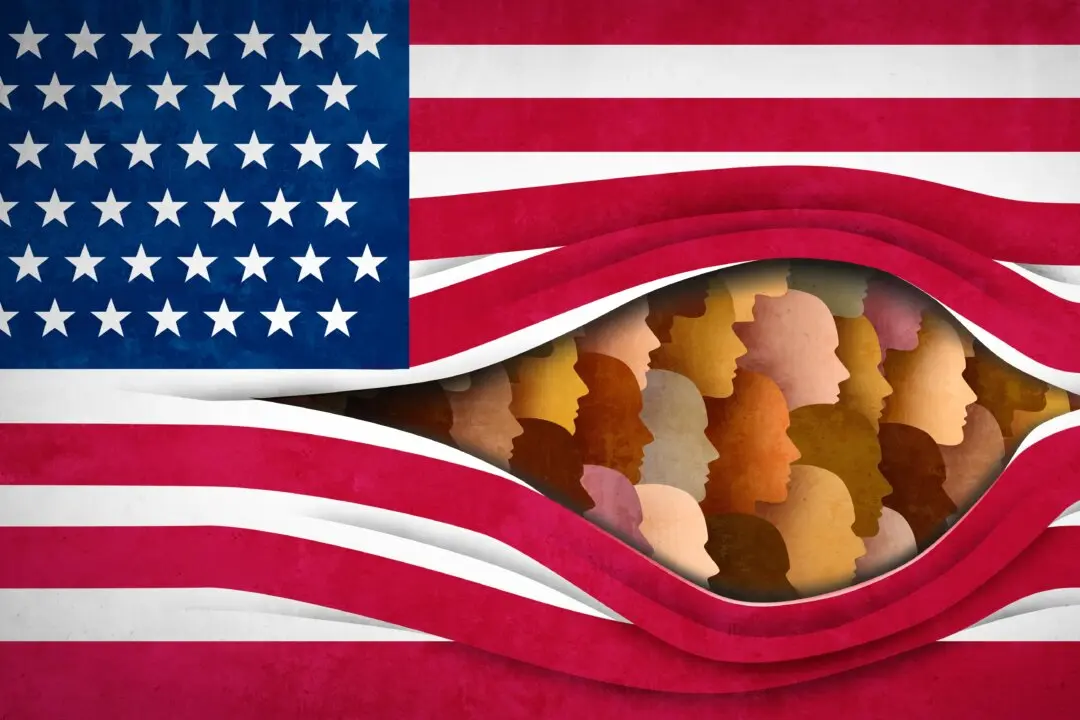Air travel from China to the United States dropped 86 percent in February after President Donald Trump banned most trips due to the emerging COVID-19 pandemic, according to newly released statistics.
Trump on Jan. 31 issued an executive order barring people who had been in China within the past two weeks from entering the United States. The order went into effect on February 2.





